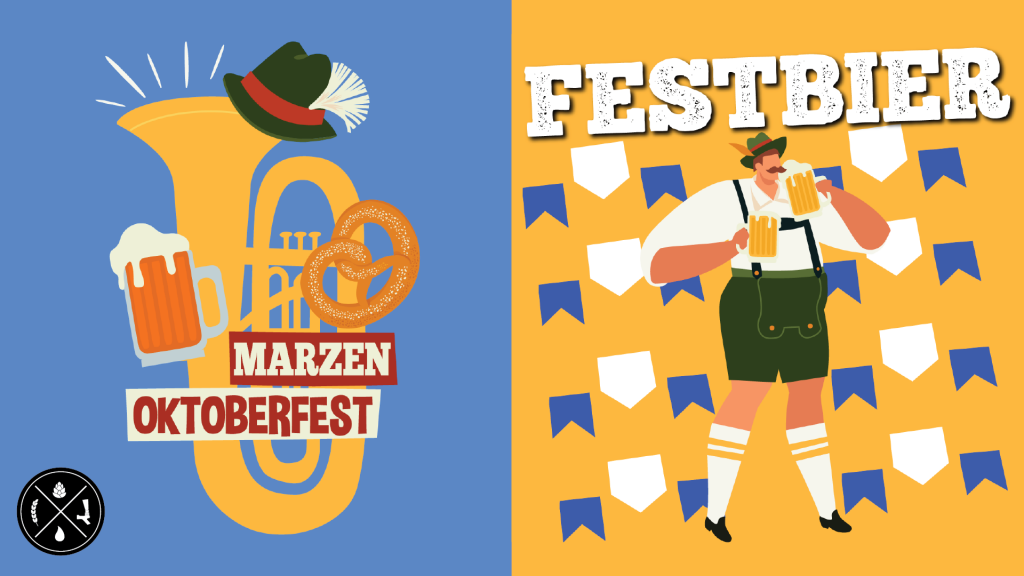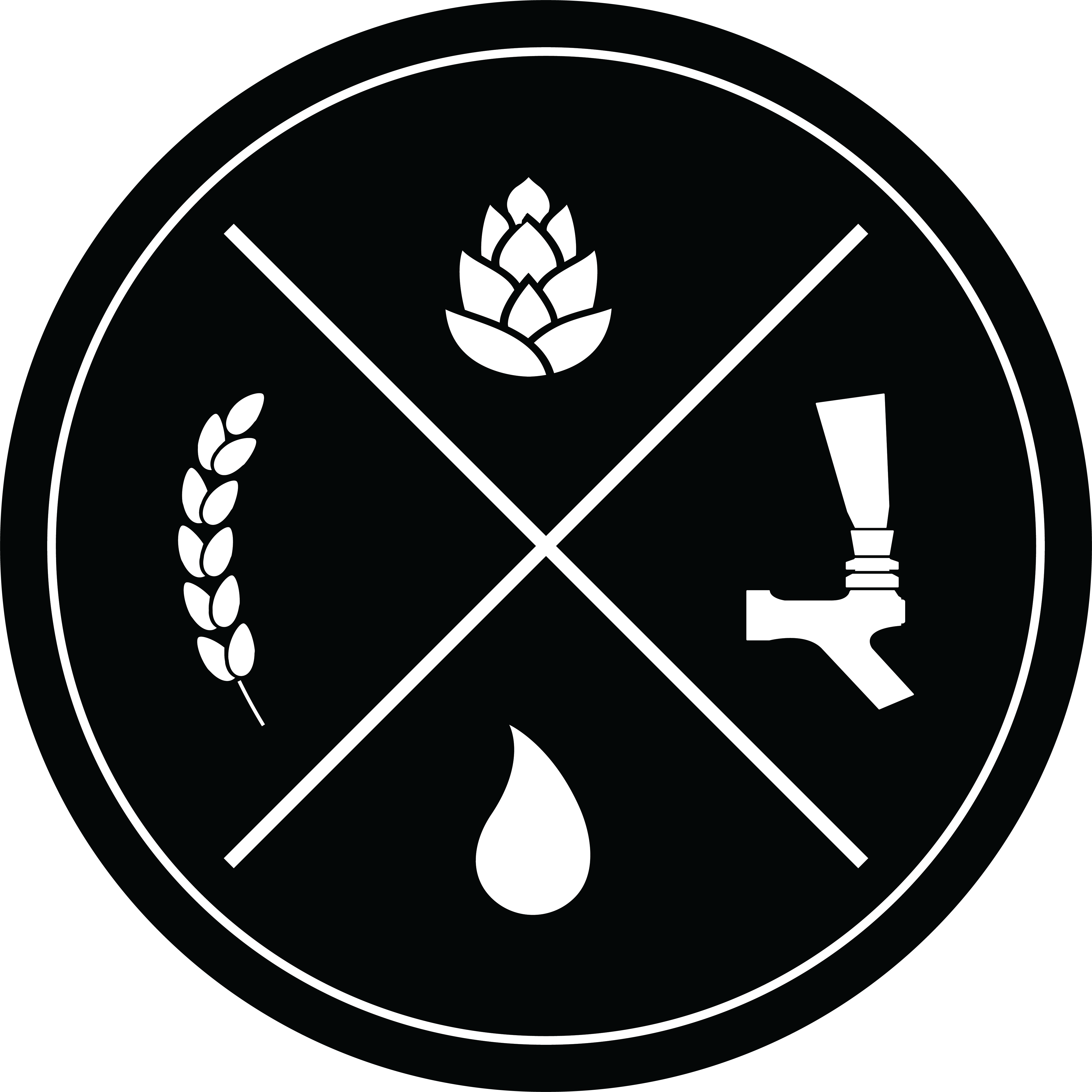
When you think of the word “festbier”, what comes to your mind? Festbier is a newer German term that brings connotations of celebrations to beer lovers everywhere. But what exactly IS a festbier and is it the same as the traditional Oktoberfest/Märzen that we are most familiar with as beer drinkers? The words Märzen and Oktoberfest are used interchangeably, as Märzen is the German word for the month of March, and denotes a beer brewed in March and cold stored until the fall (initially served in October).
Origins
While we associate the word Oktoberfest with pretzels, beer, and music, the original Oktoberfest event was the fall wedding celebration of future King Ludwig I of Bavaria and his beautiful bride, Princess Teresa. This event was held at the edge of the city gates, and all residents were invited to celebrate this wedding for 5 full days with parades, beer, food, and even a horse race. This event was so successful that it became an annual party and is still held today in the same location.
The beer that was likely served in 1810 is unlike today’s Oktoberfest style beer in color and flavor but was still what we now call a Märzen in that it was brewed in the springtime and served in the fall. The beer went through changes through the years, as the Oktoberfest beer became lighter in color, and a bit less heavy and filling. In the last 40 years, the beer being served became even paler and less full-bodied, allowing drinkers to consume it by the liter. Those changes brought forth a new style of beer called festbier. The festbier is notably more yellow or gold than the amber Märzen, lighter in body, and very smooth. With light toasty and soft doughy sweet malt flavors balanced by light hop notes, this malty beer has proven to be a crowdpleaser, and the beer currently served at the Oktoberfest festival is always festbier.
Let’s Brew it!
The great malt flavor in the festbier style comes from pilsner malt. German pilsner malt is the best choice for the base malt with Munich malt or Vienna malt added for some added maltiness and complexity. The hops should be German noble hops. A Bavarian lager yeast is the obvious choice for fermenting this lager. Lagers should be fermented at 48-55 degrees F, depending on yeast strain, and then lagered (cold stored) at 34-40 degrees for 5-6 weeks if possible.
The 2015 BJCP guidelines suggest these statistics for a festbier:
IBU : 18 – 25
SRM: 4 – 7
OG: 1.054 – 1.057
FG: 1.010 – 1.012
ABV: 5.8% – 6.3%
Batch Size : 5 gallons (fermentor volume)
Boil Size: 6.25 gallons
Boil Gravity: 1.046
Efficiency: 70% (brew house)
STATS:
Original Gravity: 1.056
Final Gravity: 1.012
ABV (standard): 5.8%
IBU (tinseth): 22.07
FERMENTABLES:
9 lb – Floor-Malted Bohemian Pilsner (85.7%)
1 lb – Vienna (9.5%)
0.5 lb – Munich Light (4.8%)
HOPS:
1 oz – Tettnanger, Type: Pellet, AA: 4.5, Use: Boil for 60 min, IBU: 17.68
0.5 oz – Tettnanger, Type: Pellet, AA: 4.5, Use: Boil for 15 min, IBU: 4.39
MASH GUIDELINES:
1) Temp: 152 F
Starting Mash Thickness: 1.5 qt/lb
YEAST OPTIONS:
Imperial – L17 Harvest Organic Yeast Lager
White Labs – 820 Oktoberfest/Märzen
Ferment at 50 degrees for 10-14 days or until FG is nearly reached, then raise for a diacetyl rest for several days, and then lager at 34 degrees for 5-6 weeks.

